New Zealand
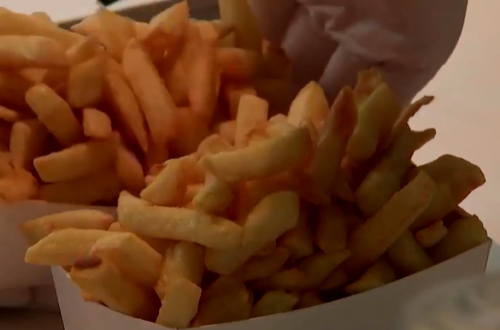
Investigation finds Dutch company dumping frozen fries in NZ
Foreign fries are being dumped in New Zealand but the Government says current volumes aren’t a threat to the local potato industry.
Last year, Potatoes New Zealand warned of a “tsunami” of cheap frozen potato products as Covid-19 lockdowns left European growers with a 2.6 million tonne surplus.
The Ministry of Business, Innovation and Employment (MBIE) launched an investigation after Potatoes NZ filed a complaint of “dumping” and applied for tariffs to be imposed on imports of the products.
Dumping occurs when imported goods are sold at a price that is below their normal value in the country of export.
Read More here…
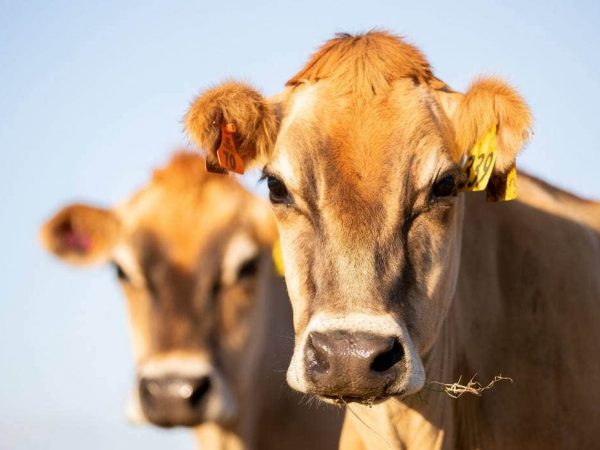
The ‘true cost’ of food isn’t reflected in its price, expert says
The cost of the weekly food shop does not reflect the true cost of food production for people and the environment, says one expert.
By measuring and reporting the impact of things like synthetic fertilisers and antibiotics in food production, more action could be taken to improve farming methods, senior lecturer at the University of South Australia, Harpinder Sandhu said.
Sandhu, who did his doctorate at Lincoln University in agroecology, developed a way of accounting for the environmental and social costs and benefits of different farming systems.
The framework was created in collaboration with 150 scientists, economists, farmers and policymakers from 30 countries through the United Nations Environment Program, supported by the Global Alliance for the Future of Food.
Read More here…
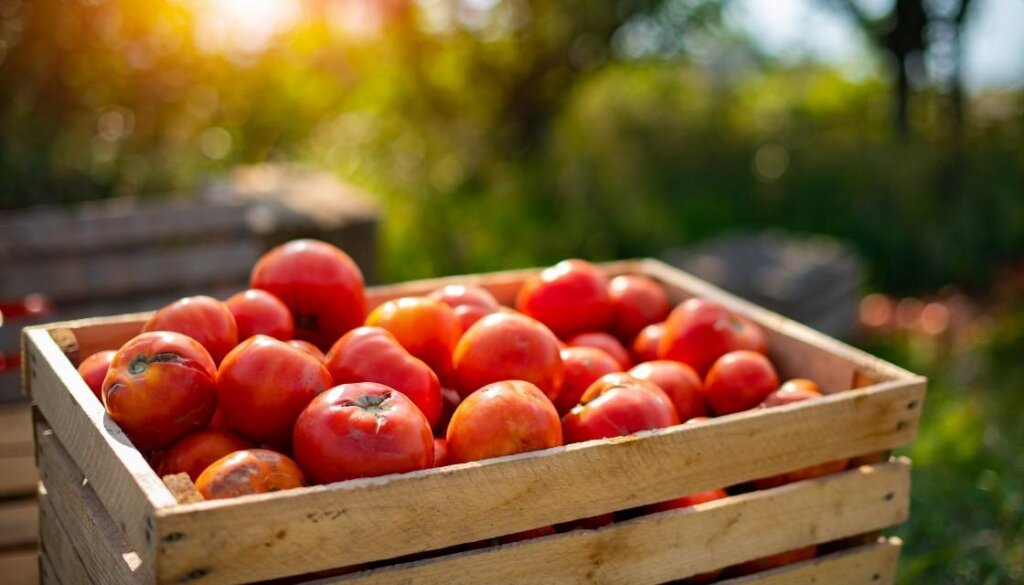
Cheap fruit and vegetables come at a cost for produce industry
While Kiwis have been treated to some dirt-cheap fruit and vegetables over the past few months, those bargains have come at a cost to the produce industry.
Jerry Prendergast, president of United Fresh, the pan-produce organisation representing growers, exporters and retailers, says returns for locally grown fruit and vegetables have been notably lower than normal due to COVID-19-related challenges.
Reduced flights and high freight costs has meant many producers that usually export a large portion of their crop have been forced to sell it on the domestic market this year. That has led to a glut of some fruit and vegetables, with prices in some cases dropping to historic lows.
Read more here…

Smaller grape harvest and rising costs to drive up prices of premium wines
Winegrowers say a superb summer throughout much of the country means an excellent quality vintage, although the overall crop size is below average given the cooler spring and late frosts.
Winegrowers chief executive Philip Gregan said reports indicated the quality of the harvest so far was exceptional.
“There will be some variability across different parts of the country, but the industry is anticipating a significantly smaller vintage across several New Zealand wine regions this year.”
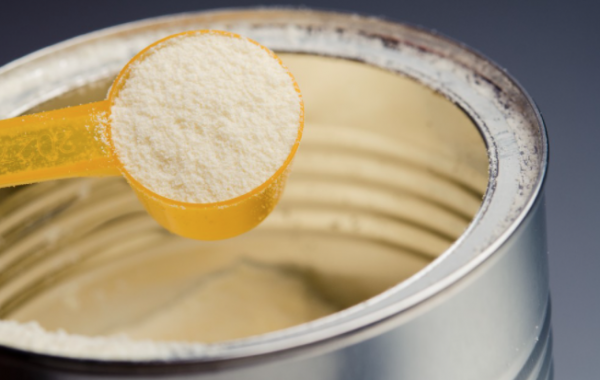
Strong commodity prices rubbing off on rural property market
Strong prices for agricultural commodities over recent months – particularly for whole milk powder – is being reflected in good results for the rural property market, says Conrad Wilkshire of Property Brokers.
Wilkshire spoke to Rural Today to give an update on the rural property market.
Although the primary industries continue to face issues relating to the weather and environmental regulations, in general the sector is going strong, which has led to an increase in rural property sales.
“Confidence is returning and it’s translating into some very big numbers in March.”
Read More here…
Australia
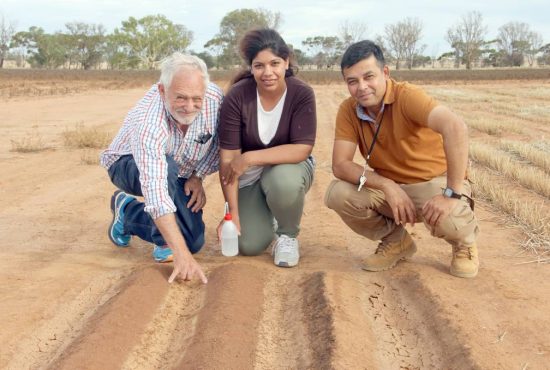
Gypsum boosts barley on saline soils
THE application of incredibly low rates of gypsum on soils affected by transient salinity could increase barley yields by up to 28 per cent, according to data from a trial being run by the Department of Primary Industries and Regional Development (DPIRD) at the Merredin Research Station.
There are two main causes of salinity in WA – dryland salinity, which is the result of the shallow watertable caused by the clearing of native vegetation and affects maybe 10pc of farms, and transient salinity, which comes from a range of sources, including rain and dust, and builds up over time in dispersive soils.
Transient salinity was discovered at the Merredin Research Station by accident in 2010, where the soils are mostly heavy red, with alkaline at depth, and have a very low rate of water infiltration.
Read more here…
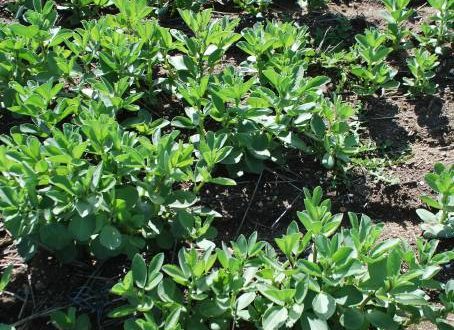
New tank mix partner a priority for weeds
Grain growers will have the option to strengthen and broaden their control of broadleaf weeds and volunteer pulses and canola in cereal crops in the coming season after the arrival of a new, more flexible and cost-effective herbicide tank mix partner.
Priority, a Group B post-emergent herbicide launched by ADAMA Australia, importantly offers excellent crop safety and allays residue concerns in oaten hay and following crops and pastures.
ADAMA Australia portfolio manager – herbicides, Rob Walker, said Priority was an ideal first choice for tank mixtures to improve the weed spectrum.
Read more here…
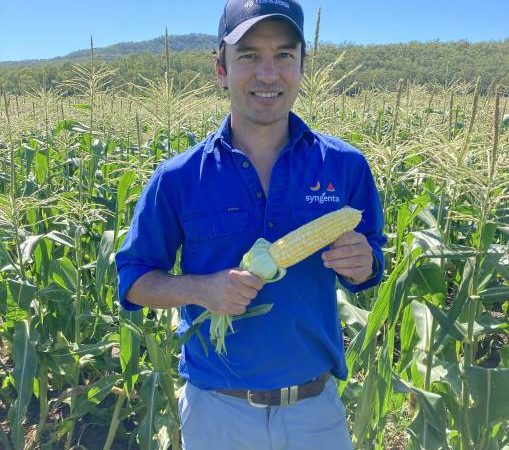
Bicolour sweet corn trials delivering tasty results
Sweet corn varieties being trialled in Queensland could be set to inject some colour into the market.
Syngenta Seeds is behind trials of the Cabo and Sovereign varieties, both of which are bicolour and new to Australia.
Product development specialist for large seeded vegetables and cucurbits Leith Plevey said the Australian sweet corn market is dominated by yellow varieties.
“It’s not just appealing for its appearance but there’s also a real sweetness and the tenderness of the kernels.
“The market in Australia would be at least 95 per cent yellow and in terms of fresh product you can find at the shops, it’s almost exclusively yellow.
Read more here…
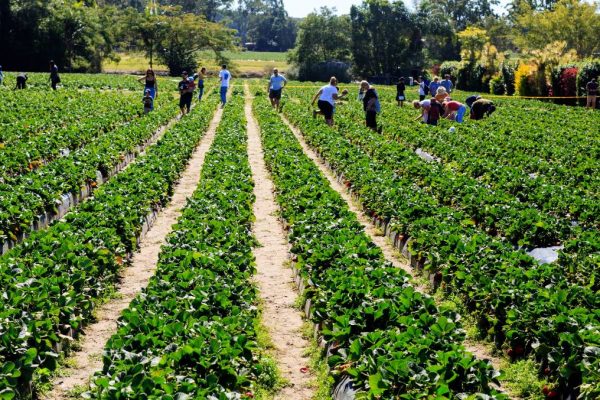
Putting a price on Queensland horticulture
We’ve heard Federal Treasurer Josh Frydenberg and Deputy Prime Minister Michael McCormack state repeatedly that nationwide economic interventions like JobKeeper were only ever meant to be temporary.
With the national unemployment figure continuing to come down, and now below 6 per cent, it’s hard to argue otherwise.
However, these nationwide interventions are being replaced by sector specific measures, targeted at those parts of the economy hardest hit by COVID-19 and continuing to feel its impact.
The travel and tourism industries have attracted support from both state and federal governments.
Read more here…
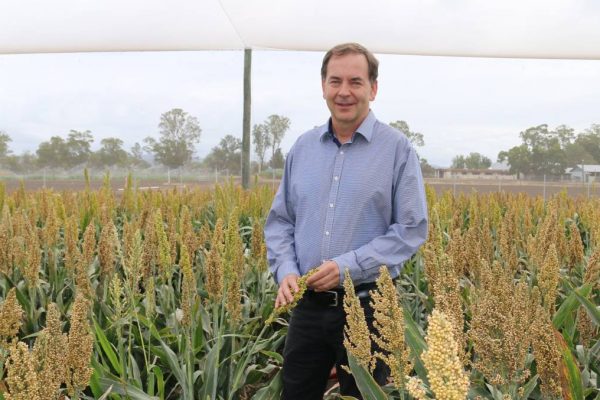
Scientists hunt for genetic solution to sorghum lodging
A large scale study by University of Queensland researchers has opened the door for targeted breeding programs that could help find a genetic solution to the problem of drought-induced sorghum lodging.
Their findings are the culmination of decades of study, with the focus now set to turn to breeding sorghum with greater resistance to lodging.
Professor David Jordan from UQ’s Queensland Alliance for Agriculture and Food Innovation said lodging occurs when a crop with high yield potential is subjected to water stress when it is producing grain.
“Losing a bumper grain crop just before harvest because plants fall over is heartbreaking for growers and undermines profitability and global efforts to improve food security,” Prof Jordan said.
Read more here…
South America
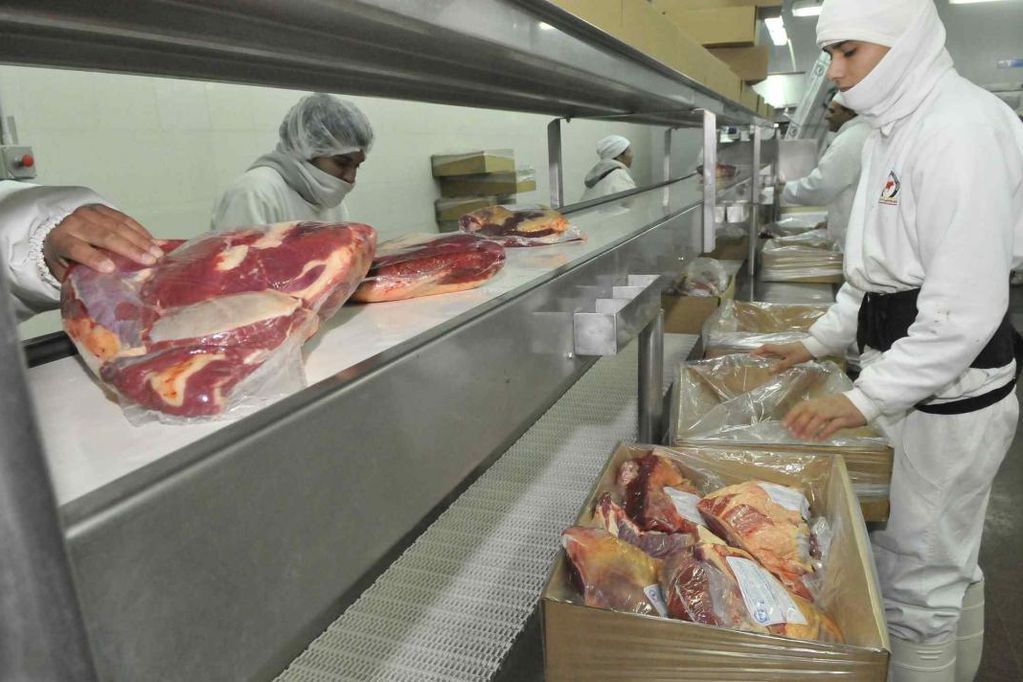
Argentine officials rule out banning beef exports or setting quotas
Argentine beef industry sources quoted by local media Sunday announced the administration of President Alberto Fernández was not planning to ban beef exports or set up quotas, after announcing last week a series of measures to detect under-invoicing.
“There will be no restrictions or quotas, but registries of exporters and the measures are not as restrictive as originally thought,” acknowledged a source who closely follows the negotiations. The Casa Rosada seeks to control the price of food and in recent days presented a package of measures that also includes poultry production, through the purchase of corn with coverage, to sustain the price of chicken at current values.
Read More here
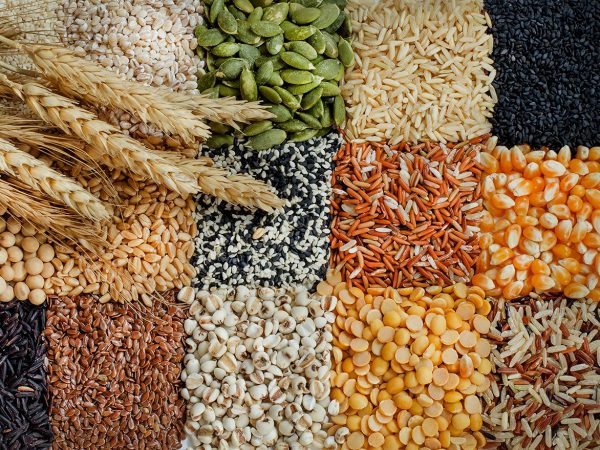
ARGENTINA MULLING GRAINS EXPORT TAX HIKE – GOV’T OFFICIAL
BUENOS AIRES, April 23 (Reuters) – Argentina is considering an increase in grains export taxes, an official told local radio on Friday, sparking concern among farm leaders who have long worried that the Peronist government might further intervene in the markets in a bid to control inflation.
The South American grains powerhouse is the world’s No. 3 corn supplier and top exporter of soymeal livestock feed. It already slaps a 33% tax on international soybean exports; 31% on soymeal and soyoil; and 12% on corn and wheat.
“An increase in export taxes is being analyzed,” Domestic Commerce Secretary Paula Espanol said in a radio interview.
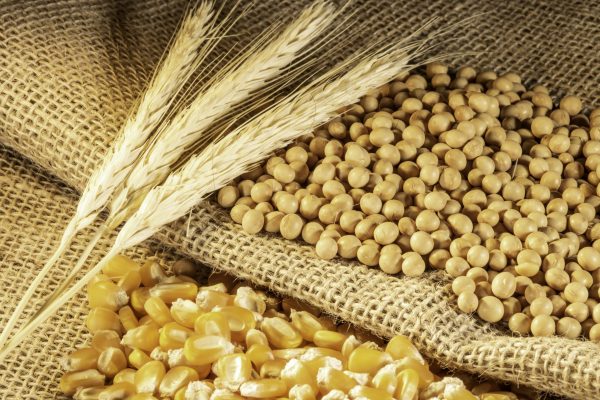
Brazil Suspends Soy, Corn Import Duties Until Year-End
Sao Paulo – Brazil has suspended import duties on soy, corn, soybean meal and soybean oil until the end of the year, the Agriculture Ministry said on Monday (April 19), as the country seeks to slow inflation fanned by rising global commodities prices.
The Chamber of Foreign Commerce (Camex) had already authorized the suspension of the import tax on corn until March 31 of this year and soybean until January 15.
The latest measure, as reported by Reuters, is likely to benefit U.S. grains producers, experts say, as Brazilian buyers had earlier focused on Mercosur producers who are already exempt from tariffs.
Read More here…
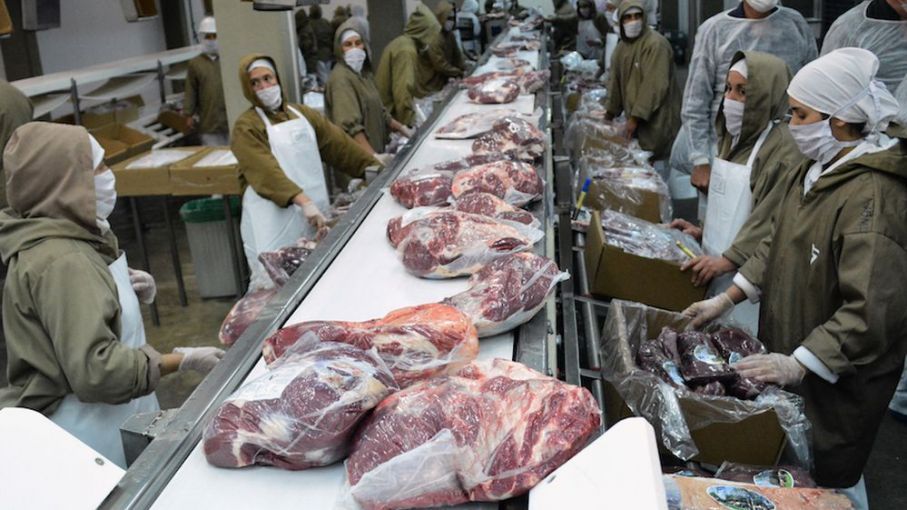
Bolivia bans beef exports to guarantee domestic supply
The Government of Bolivia Thursday decided to halt all beef exports to prevent international demand from leading to an increase in price domestic consumers could not afford, Minister of Rural Development and Lands, Remmy Gonzales announced. “We have already talked with the sectors and we have already taken the measures to suspend exports while the domestic market is not supplied,” he told the media.
Gonzales explained that a joint resolution was issued between the Ministries of Rural Development and Lands and Productive Development and Plural Economy to guarantee supply domestically before any surplus can be sold abroad.
Food Updates

70 vegan trademarks registered in 2020 as sector growth continues
The growing popularity of vegan food shows no sign of slowing down, with financial firms predicting large growth ahead for the sector.
Another 70 vegan trademarks were filed in 2020, suggesting that the vegan trend shows no sign of slowing down, with 265 vegan trademarks now registered in the food and drink sector in the last five years, claims EMW, the corporate commercial law firm.
The number of vegan trademarks applications in 2020 is the second-highest on record behind the all-time high of 92 in 2019 (according to the Intellectual Property Office) as the popularity of vegan diets continues to increase.
Read more here…

Five predictions driving transformation in the food and beverage industry
Marcel Koks offers his forecast into the future of food and drink and how technology, such as data driven decisions, will influence the sector in the coming years. The unforeseen disruption experienced in 2020 has prompted food and beverage producers to future proof their businesses as far as is possible. While uncertainty seems set to continue for some time, by focusing on expediting time to market, food quality and safety, supply chain resilience, and the creation of omni-channel models, companies are putting themselves in the strongest position they can to embrace and capitalise on future opportunities.
Read more here…
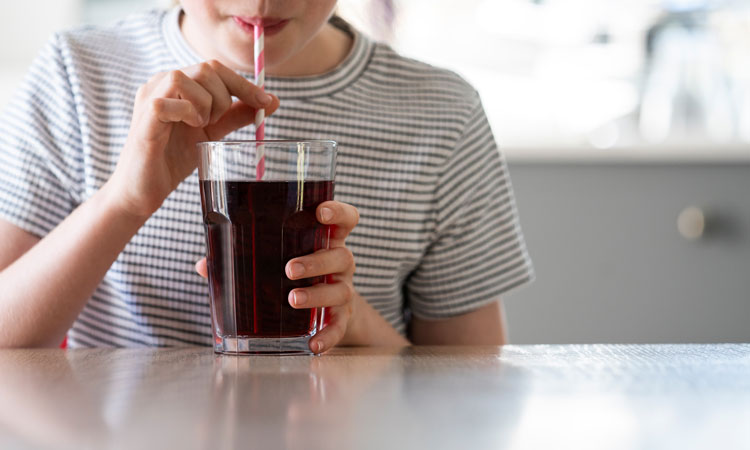
Sugar reduction is key for a healthy future
Today’s consumers want a life that is healthier for themselves and the environment, and this journey often starts with food and beverages.
They are increasingly seeking products with reduced sugar and healthier credentials, challenging manufacturers to respond to these demands without sacrificing the tastes consumers have come to love. The pandemic has accelerated this shift in consumer behaviour, with evidence that co-morbidities such as obesity and diabetes can lead to more severe COVID-19 outcomes.
The World Health Organization (WHO) guidelines recommend that for the prevention of obesity and tooth decay, adults and children alike must keep their consumption of free sugars to less than 10 percent of their daily energy intake (equivalent to about a dozen teaspoons of table sugar for adults).
Read more here…
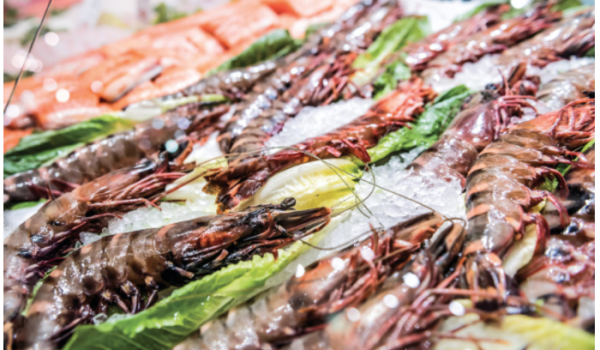
The Power of Seafood charts category’s biggest gains
KANSAS CITY – With restaurants and other foodservice channels either closed or severely curtailed during COVID, many foods in the grocery fresh perimeter have seen their sales surge.
One of the categories with the biggest upswing has been seafood. For many consumers pre-pandemic, fresh seafood was something you ordered when you went out to eat — not what you cooked at home. Cooking seafood themselves was seen by a lot of consumers as an educational hurdle they were unwilling to jump.
Read more here…
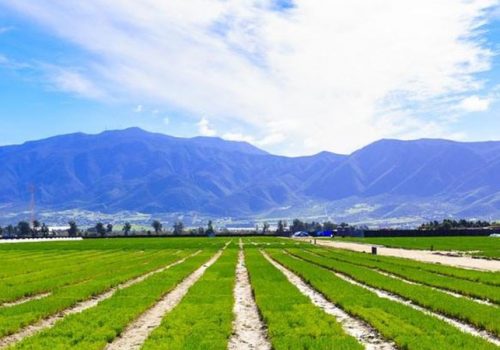
Green Salt – a healthy salt alternative?
Two hours south of San Diego, next to the foothills of Ensenada, Baja California, lies a neatly manicured green field. From a distance it looks like grass or maybe onion shoots, but as you get closer, you see that it’s something very different. It appears to be small sprouts of asparagus that have been painted bright green. This is salicornia – also known as sea asparagus or samphire – and the ingredient for Green Salt.
Salicornia has been harvested for millennia and used in a variety of cultures – eaten steamed and cooked in Europe and dried for folk medicine in Korea.
Read more here…


